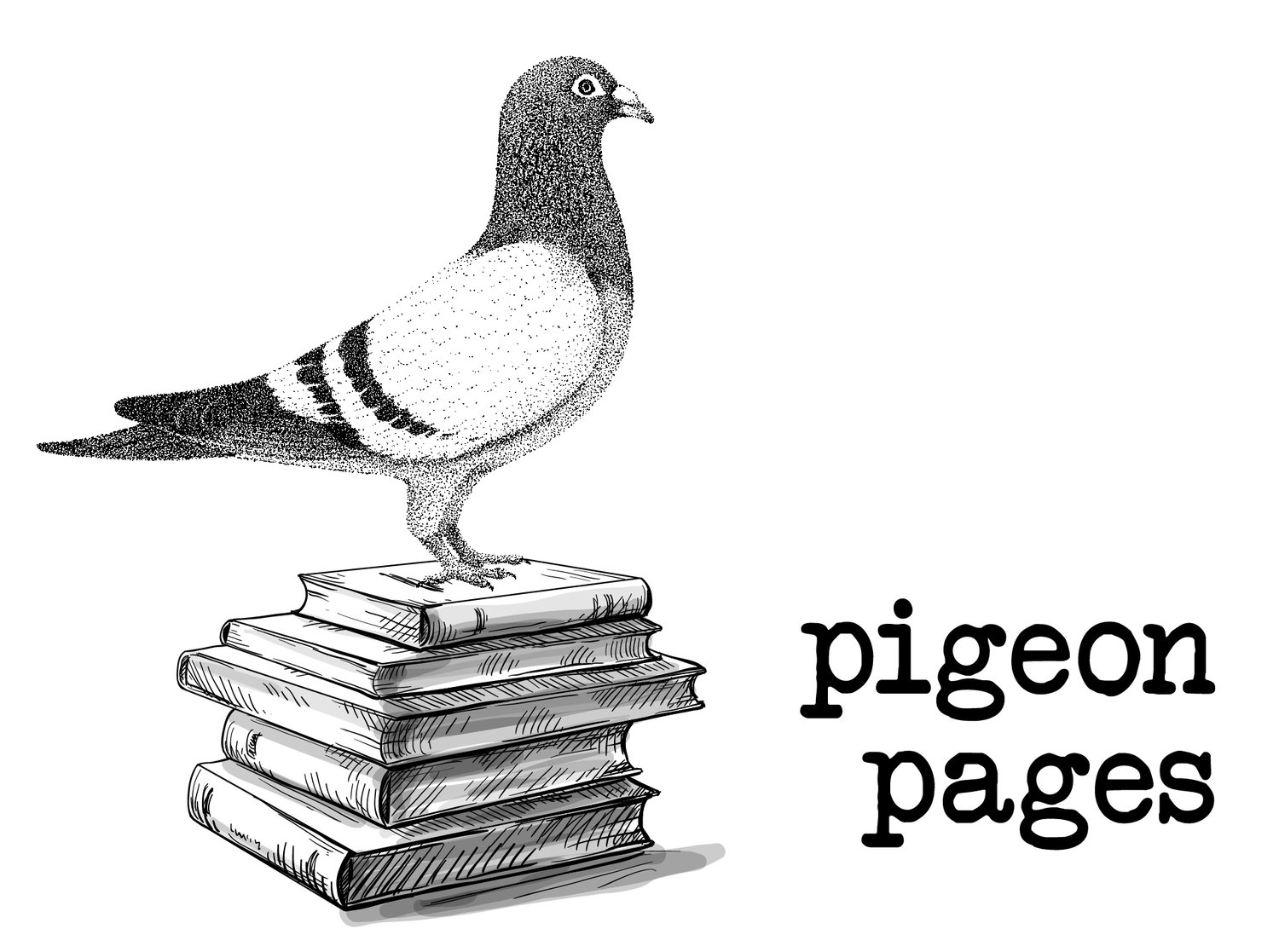Henri Edmond Cross, The Artist's Garden at Saint-Clair,1904–5. Watercolor. Harris Brisbane Dick Fund, 1948.
Village
byJeremy Radin
Astride a north wind I return to the village with a serious lover
made of earth. Our honeymoon, a rousing success. The villagers farm
by torchlight—the villagers we adore. The elderly sit on their haunches
howling the Name into the trees. Fruit falls around them, encased
in snow. Children smear dahlia pollen on door-frames—it must be
that time of year again. I touch the roots within my lover’s belly. A life
grows—I can feel it moving through the mud. My lover’s genitals
are an orchard; my genitals, rain—no need to be uncomfortable; move
closer to the poem. This village is not somewhere else. There is room
for you, your emptiness, your perceived misunderstanding of grace.
Sing with us— you carry mountains in your mouth. My lover has
given birth to you. There is no misunderstanding.
Published June 2nd, 2019
Jeremy Radin is a poet, actor, and teacher. His poems have appeared (or are forthcoming) in Gulf Coast, The Cortland Review, The Journal, Vinyl, Passages North, and elsewhere. He is the author of two collections of poetry, Slow Dance with Sasquatch (Write Bloody Publishing, 2012) and Dear Sal (not a cult press, 2017). He lives in Los Angeles where he once sat next to Carly Rae Jepsen in a restaurant. Follow him @germyradin
Henri Edmond Cross (French, 1856–1910) was a leading Neo-Impressionist painter, a pioneer of Pointillism, and a founding member of the Salon des Indépendants. Born in Douai and raised in Lille, France, Cross studied law before moving to Paris to study at the École des Beaux-Arts. While in Paris, Cross began painting in the studio of François Bonvin (French, 1817–1887), and exhibiting his work at the Salons where he met Claude Monet (French, 1840–1926), Georges Seurat (French, 1859–1891), and Paul Signac (French, 1863–1935). Cross’ interactions with these painters were influential; his palette became more vibrant, his brushstrokes suggested vigorous dabs of color, and his paintings became more entrenched with the atmospheric qualities championed by the Impressionists. Together with Signac, Cross became a proponent of Pointillism, and his compositions became increasingly dictated by Divisionist color theories. Cross later developed debilitating rheumatism, and moved to the Saint-Clair where he continued to work until his death. His works are in collections at the Art Institute of Chicago, the Hermitage in St. Petersburg, the Los Angeles County Museum of Art, the Musée d'Orsay in Paris, the National Gallery of Art in Washington, D.C., the Metropolitan Museum of Art, and the Museum of Modern Art in New York.

